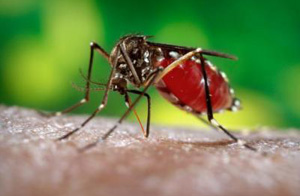Many conservations and people at large want to return the cheetahs to their natural range in India. The cheetah is the only large animal to go extinct since the 1940s. Their extinction was due to hunting and domesticating these pdredators by the thousands.
At first India approached Iran for sharing of artificial insenmination or cloning but that proved to be a dead end. Now scientists know that the cheetahs of Africa where this endangered cats’ numbers are the highest -around 2000 might be the best solution to jump starting the Indian population. These cats from India, Iran and Africa are closely related.
Seven sites including national parks, sanctuaries and other open areas in the four states of Rajasthan, Madhya Pradesh, Gujarat and Chhattisgarh are being considered as the cheetahs first reintroduction sites.
Advantages to importing the cats would be starting with breeding age individuals or males and pregnant females that could give the population a new start.
Cheetahs would essentially prey on blackbuck and gazelle the largest herd of blackbuck in India is some 2,000 animals and already has the wolf as a predator, but there is not a problem for these two predators sharing the same turf with the variety of large and smaller prey available.
Breeding cheetahs in captivity and then releasing them is not the answer. Cheetahs produced in this way never acquire the hunting and survival skills needed to survive in the wild and captive breeding numbers are usually very low.
Conservationists who are leading the initiative to bring back the cat to India will only do so after the above mentioned sites are fully examined for habitat, prey and potential for man-animal conflict. The cheetah is considered the top predator species of the country’s grasslands, which do not have a single leading predatory animal now.
Making sure the cheetah thrives and do not get poached or killed because it killed agricultural stock is going to be the greatest challenge.
Resources
Excerpts courtesy of http://news.bbc.co.uk/2/hi/south_asia/8262862.stm
Excerpts courtesy of http://en.wikipedia.org/wiki/Asiatic_Cheetah
Excerpts courtesy of http://meeja.com.au
Image 1. courtesy of http://tinyurl.com/ybkablm
Image 2. courtesy of http://animaladventures.files.wordpress.com/2008/04/050207_cheetahs.jpg


















You must be logged in to post a comment.